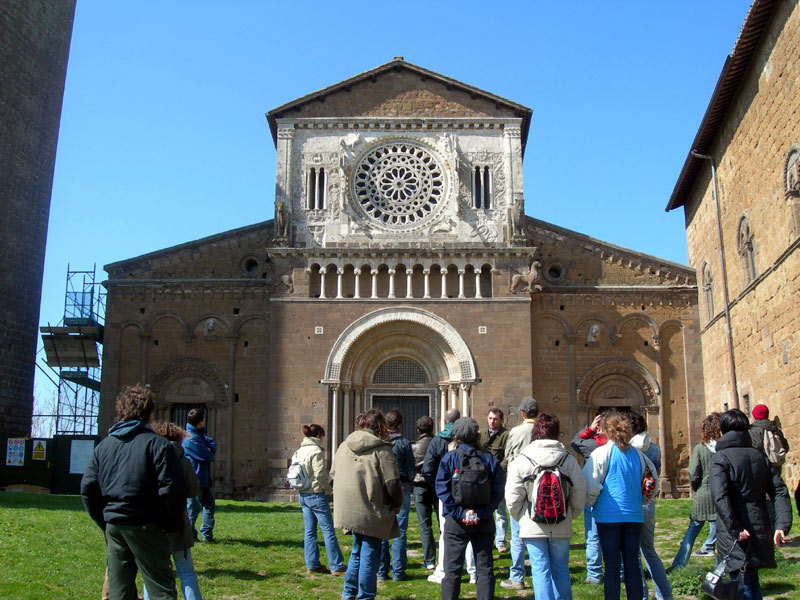Points of Interest
Tuscania Cork Forest
The cork forest of Tuscania is a pure woodland consisting of Cork Oaks (Quercus suber) covering about 40 hectares in the north-eastern section of the protected area, partly developing along the SP road connecting the town of Tuscania to Viterbo. It is an area of great naturalistic interest, to the extent that it has been recognized by the European Community as a Site of Community Importance. It is an example of adult cork forest (one of the most ancient and best preserved cork forests in Lazio) and it represents the last stretch of a formation which was larger in the past: as a matter of fact, the cork oak - a typical species of the Mediterranean basin appreciated for its roughness, resistance to fires, and cork extraction - suffered a strong reduction in the last decades.
Some History
The history of Tuscania dates back to the final stage of the Bronze
Age. The course of the river Marta and its tributaries were the
attraction pole of the first archaic settlements in the area, which
interested the natural chains formed by water erosion.
From the 7th
century BC, seven settlements formed, as demonstrated by their
respective necropolises: they were situated on the chains developing in
the south and in the north of the current hill of S. Pietro, which was
considered the heart of the territory and the religious-trading
reference point for the adjacent settlements and the surrounding
territory within a radius of at least ten kilometers.
Acquaforte and the Spas
Acquaforte is a spring of sulphurous water situated in the north of the town of Tuscania, location San Savino. It is not a real monument of Tuscania; however, for its history and the important role it played in the past, it can be considered as such.
Tuscania Historical Town Center
The current historical town center is only a part of the medieval Tuscania, which, until the 15th century, extended towards the south and included the hill of S. Pietro, the church of S. MariaMaggiore, and the whole Rivellino hill, the medieval seat of the Priors and the Podesta. The buildings mainly date back to the 16th-19th centuries, but you can still find medieval churches (S. Marco, S. Maria delle Rose, S. Silvestro) and the ruins of the church of S. Francesco monastery, in the severe medieval style characterizing the areas of Umbria and Lazio, and the 16th century-style cathedral of S. Giacomo.







